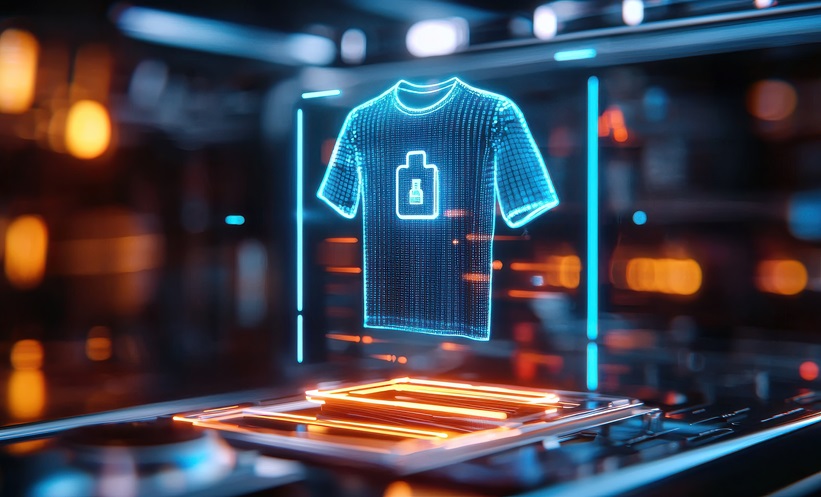Abstract
The mechanical treatment of coronary artery stenoses by placement of balloon-expandable (Bx) coronary stents has become the most widely used invasive treatment for symptomatic coronary artery disease (CAD). However, the mechanical properties of Bx stents may be limited and are frequently not well adapted to the requirements of the biological system. Consequently, there is evidence that the mechanical shortcomings of Bx stents, such as conformability to the vascular wall, stent underexpansion or oversizing, adaptability to vessel tapering, scaffolding of bifurcated lesions, inability to address vessel remodelling, and achieving optimal drug delivery, could translate into adverse clinical events. New, enhanced technology now allows the application of a number of self-expanding (Sx) coronary stents to treat CAD. Various clinical trials have proven coronary applicability and the clinical safety and efficacy of Sx stents. It is expected that this new generation of endovascular prostheses that are specifically tailored to the needs of the coronary arteries can overcome some of the limitations that are associated with Bx stents, while maintaining their valuable, traditional features. Clinical results of Sx stents may be further improved by continuous development of these devices.
Please view the full content in the PDF above.







